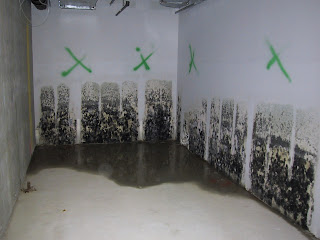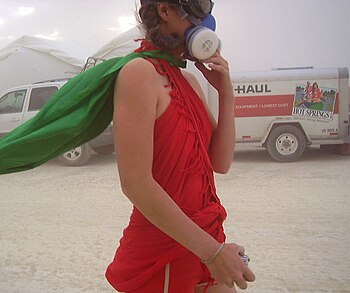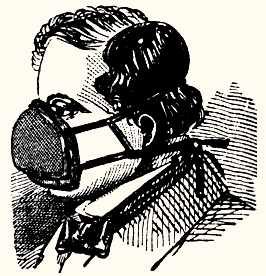Happy New Year everyone! 2015 went out with a bang, especially with many people preparing for the new laws taking effect in 2016. The biggest impact law is
New York State's Article 32 (known as the Mold Law) requiring all companies advertising themselves as doing mold remediation or mold assessment will need to be licensed. Also any worker performing mold abatement needs to be licensed, also. Needless to say our schedule has been overwhelmed holding these classes preparing companies for this new licensing requirement. This law also requires an independent mold remediation plan written by a mold assessor. Requires a mold assessment and mold remediation contractors to be independent of each other on the same property.
Don't forget that the annual posting of the OSHA log form 300A for injuries and illnesses must be posted by February 1, 2016. See our previous posts regarding this issue.
 |
| Don't Forget to Post Your Company's OSHA 300A Form |
The new OSHA
confined spaces in construction standard went into effect August 3, 2015. However, OSHA has two temporary enforcement policies that delay the enforcement of the standard for employers making "good faith efforts" to comply with the standard. The first one expired on October 2, 2015 which was for all employers. While the second one applies to employers working on
residential construction that will expire on March 8, 2016.
The OSHA
hazard communication standard 1910.1200 on December 1, 2015 required distributors to comply with the new labeling requirements. The standard becomes fully implemented on June 1, 2016. Meaning your hazard communication program, your chemical inventory,
safety data sheets, and labeling should be in compliance with the
Globally Harmonized System (GHS).
Changes are happening to the OSHA outreach program. This is the program that authorizes the OSHA 10-hour & 30-hour construction safety training programs. Starting March 1, 2016, OSHA will be issuing new cards that will be made of plastic (credit card style) and have a QR code for authentication. The new cards will allow for electronic verification of the card to make sure it is valid.
A long string of new things on the horizon. If we can assist you in any way in complying with any of this let us know. Be Safe!









































